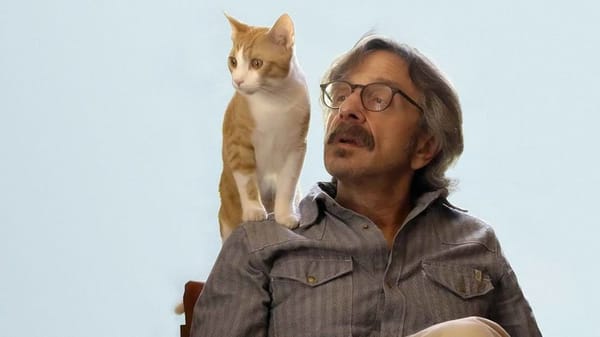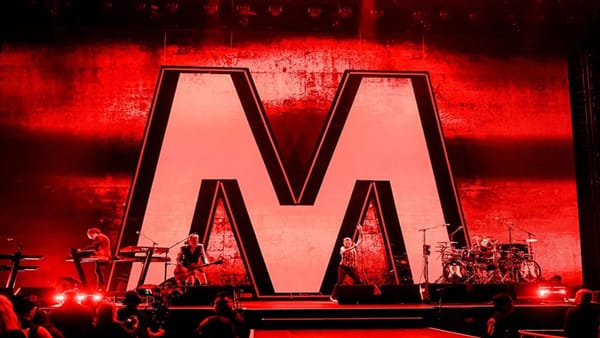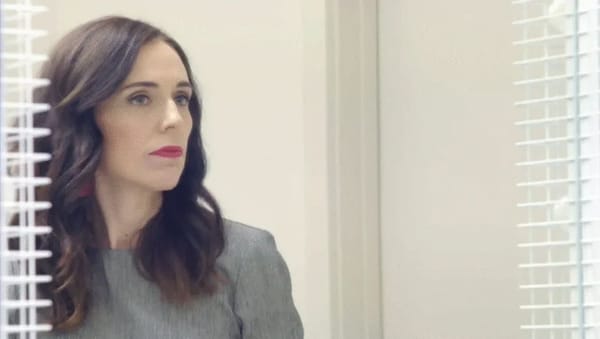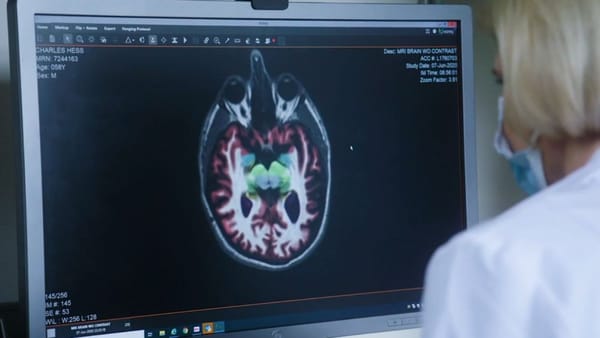Monk in Pieces (dir. Billy Shebar)
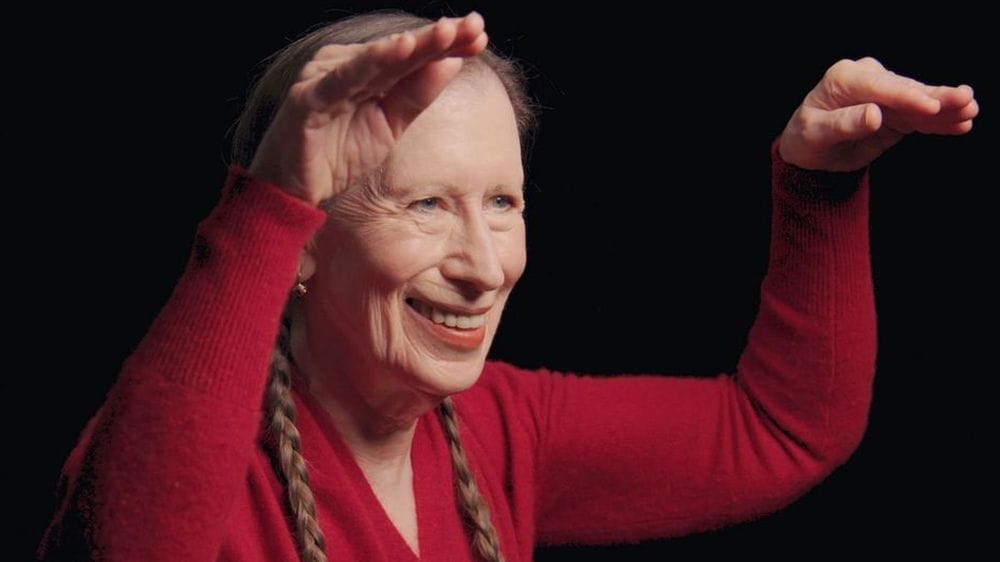
As these things go, Meredith Monk is probably one of the more notable faces of the avant-garde art movement. A composer, choreographer, dancer, filmmaker and singer (whatever your thoughts on all of those descriptors may actually be, she does them), Monk somehow broke through into a broader public consciousness as if through sheer force of will. Her unique brand of performance has allowed to her to (albeit modestly) buck the trend of women of the avant-garde not garnering respect and plaudits in their own time. A trend that has seen very few, like Laurie Anderson (funnily enough, both subjects of Michael Blackwood’s The Sensual Nature of Sound in 1993 and Johanna Demetrakas’ Feminists: What Were They Thinking? in 2018), approach something resembling the mainstream. I was only just discussing this with One to One: John & Yoko, a rare film to give Yoko Ono the sort of sympathetic and artistically relevant portrayal that are too often only offered to her husband, John Lennon. It's rare, but it happens.
She is so well revered that Billy Shebar’s Monk in Pieces isn’t even the first feature documentary dedicated to her. She’s been a featured subject in multiple works by the aforementioned Michael Blackwood (Making Dances being at least one other; his catalogue is so deep there may be others), plus Peter Greenaway’s Four American Composers: Meredith Monk, and Babeth VanLoo’s Meredith Monk: Inner Voice. To say nothing of titles like Quarry and Turtle Dreams that are filmed versions of her works. And what a blessing that most of the works that this doc borrows from are so readily available (officially on the likes of Kanopy, or just, as in the case of Ping Chong’s Turtle Dreams or the Greenaway made-for-British-TV hour-long, on YouTube; she does not want for accessibility).
It feels entirely fitting that Monk of all people should be so prominent a subject to documentary filmmakers. She is fascinating. Known for her performance style that extricates herself (and us) from words as we know them and instead makes songs and full operas out of sounds and voice patterns, paired with experimental and unconventional dance. It’s labelled “a disgrace” and “simple-minded” and compared to two cats fighting. I mean, you know how it goes with performers like her. But eventually, here in the film through the praise of David Byrne and Bjork and others, and eventually through a greater acceptance and understanding of what she is trying to achieve, she has become something of an avant-garde cause célèbre. Although after Shebar’s excellent film, perhaps it’s time to put the focus on somebody else. I really don’t know what else there is to say—in a film, at least. Her works say so much and I am sure there are longform writings yet to be put to paper that could unfold so much more meaning. Like many artists of her kind, you would need hours upon hours to get to everything.
There’s one line that made me laugh, from John Schaefer, who says asks “How could it happen? What time, what continent, what planet is this from?” He is discussing Monk’s 1981 studio album (!!!) Dolman Music, but could be just about anything that we see here
Blessedly, we are allowed to see a lot of it here at least. More than I have come to expect from these sorts of bio-docs, certainly. This is done through extended sequences of dance and performance, most of which has been shot at the time of its conception and so come to us with that beautiful look of their original era. I could practically picture A Chorus Line rehearsing next door, you know? Other films about Monk have this trait, too. Greenaway's Four American Composers feature about her is essentially just a collection of long extended on-stage performance sequences. Such is her style that filmmakers appears incapable of cutting.
It’s probably because she’s been so frequently filmed, so willing to not just appear on camera but to detail her art and the process behind it, that Monk in Pieces works as well as it does. First-time feature director Shebar with Sabine Krayenbühl (editor of Mad Hot Ballroom and the Oscar-nominated My Architect: A Son’s Journey) have so much material to work with. Past and newly recorded interviews, rehearsal footage, live performances; a true wealth of footage. Meredith Monk simply existing breathes with life. So interesting is Monk that Shebar manages to find a television interview with a male host where he practically rhapsodises her on camera. It's the sort of thing we have been conditioned to not expect from men towards creative women, especially avant-garde or outside the so-called respectable terrain of rock music. Like the clips of her dancing or rehearsing, I was thrilled the film let it play out for a full few minutes instead of a soundbite and then moving on.
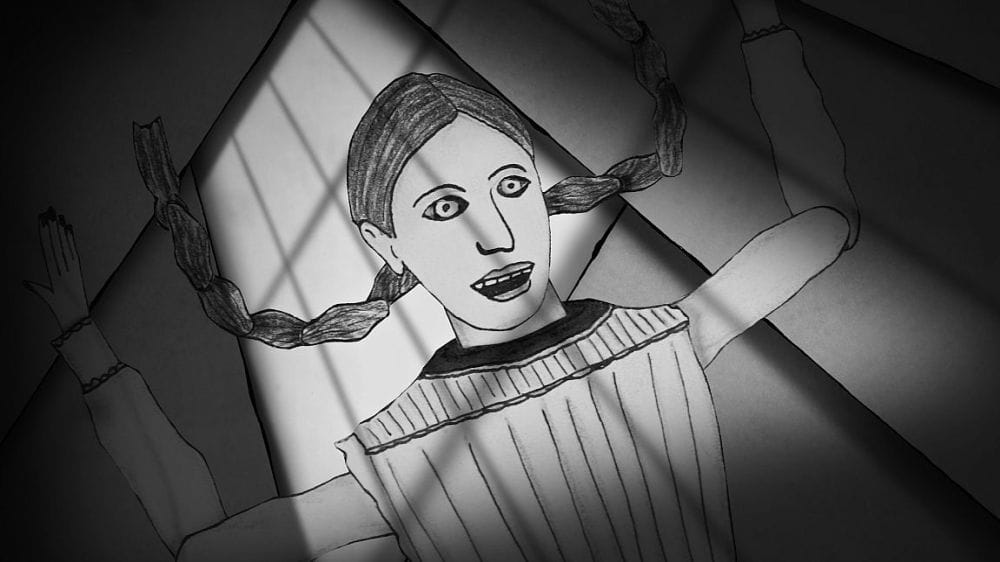
Of course, the scope of her work mean some are more glossed over than others. I found it easy to forgive. Seeing even mere moments of Falling was enough to pique my interest in its preference to show more of Education of the Girlchild or Atlas. The latter in particular is perhaps arguably her most famous work and one that we witness here being reworked for a new generation featuring more high-tech staging by the Los Angeles Philharmonic revival. There’s one line that made me laugh, from John Schaefer, who says asks “How could it happen? What time, what continent, what planet is this from?” He is discussing Monk’s 1981 studio album (!!!) Dolman Music, but could be just about anything that we see here, including Atlas (praised upon premiere, but worried and fussed over in production by concerned financiers). Whether its her on stage yodelling or the majestic mood-piece that is her film work like 1981’s Ellis Island, one of the best short films I’ve ever seen. Or maybe it’s the newly-created dream visualisations that feature puppets and animation. Or maybe it’s just her turtle walking around a fake set like Godzilla. Monk walks a line of being open about her craft and also keeping enough hidden to keep us interested.
Perhaps the scene where I knew the film not only got Meredith Monk as an artist, but as the subject of a documentary that people are ultimately going to watch, was that of a zoom wall of interviews. Talking heads all begin speaking in overlapping squares on the screen, their voices sounding akin to those of the harmonies that Monk might make herself. What a fabulous way to take a standard tool of the documentary and make something new out of it. The sort of thing Monk would likely appreciate. The film ultimately ends with her playing music, which is the only appropriate way to have concluded Monk in Pieces. The best compliment I can probably pay this film is that since watching it I have watched more of those works about Monk. I haven't gotten enough yet. It took me back to a time and place that I didn't want to leave.
If you would like to support documentary and non-fiction film criticism, please consider donating by clicking the above link. Any help allows me to continue to do this, supports independent writing that is free of Artificial Intelligence, and is done purely for the love of it.
